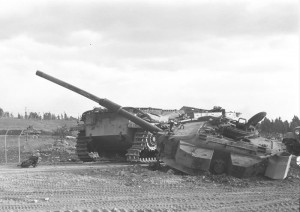The Secret Race: Inside the Hidden World of the Tour de France
—-
I first heard of this book when I was in France last summer. Of course everybody already knew that pretty much the whole peloton was on drugs, but Hamilton’s book presents a lot of the hows and whys.
When I got back from France I bought the book and finally had a chance to read it and wow – the things these guys do to themselves are absolutely crazy. At least to us mortals.
Hamilton tells the story of how difficult it is to be at the top levels of pro cycling, and just exactly what it took to get there, and stay there.
Of the most interest to me was how they knew how to beat most of the doping tests, and always stayed one step ahead of the testers.
Hamilton is brutal on himself as well, which is refreshing. He fully admits he cheated and while pointing the finger at other riders, is always sure to point the finger at himself first and hardest.
This book was written before Lance came out and finally admitted to doping, and there is an afterword in the current edition that speaks to this part of the saga.
I still feel that these guys are all doping in one way or another – I just don’t see how they can do what they do without it. In fact, I would just assume that at this point all major college and pro athletes are getting “help” in one fashion or another.
This book is very easy to read and explains some pretty interesting things about how the different drugs do what they do, and how they do it. It also explains how blood transfusions help the riders out, and how the doctors were pretty sophisticated for the most part in spreading out the drug doses and transfusions to beat the testers.
There is also a lot of cloak and dagger stuff in the book, describing how they were able to acquire the drugs and blood, how they stored them, transported them, and how the drugs and blood bags were administered.
I am sure that almost all of the riders from this part of cycling history will have major adverse health issues later in life – and some are already dead or are having major problems. One cancer doctor that I rode with in France said that it was his opinion that Lance highly increased his chances of getting testicular cancer from the drugs he took, and that after beating cancer and taking more drugs that Lance’s chances of getting that disease again are very high.
All for fame and money. Sigh.
If you are interested in cycling and/or want an easy to understand read about how the drug culture in that sport worked I highly recommend this book. The only question it left me with was that I now wonder what these guys are on now.
Cross posted at LITGM.

